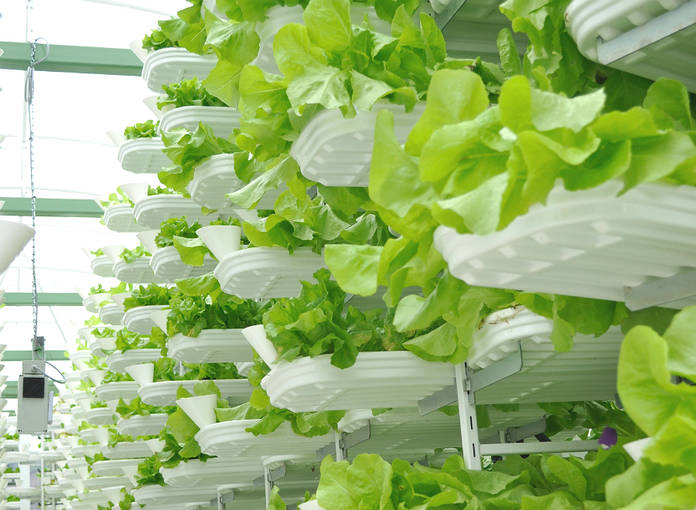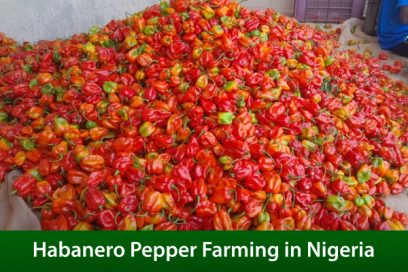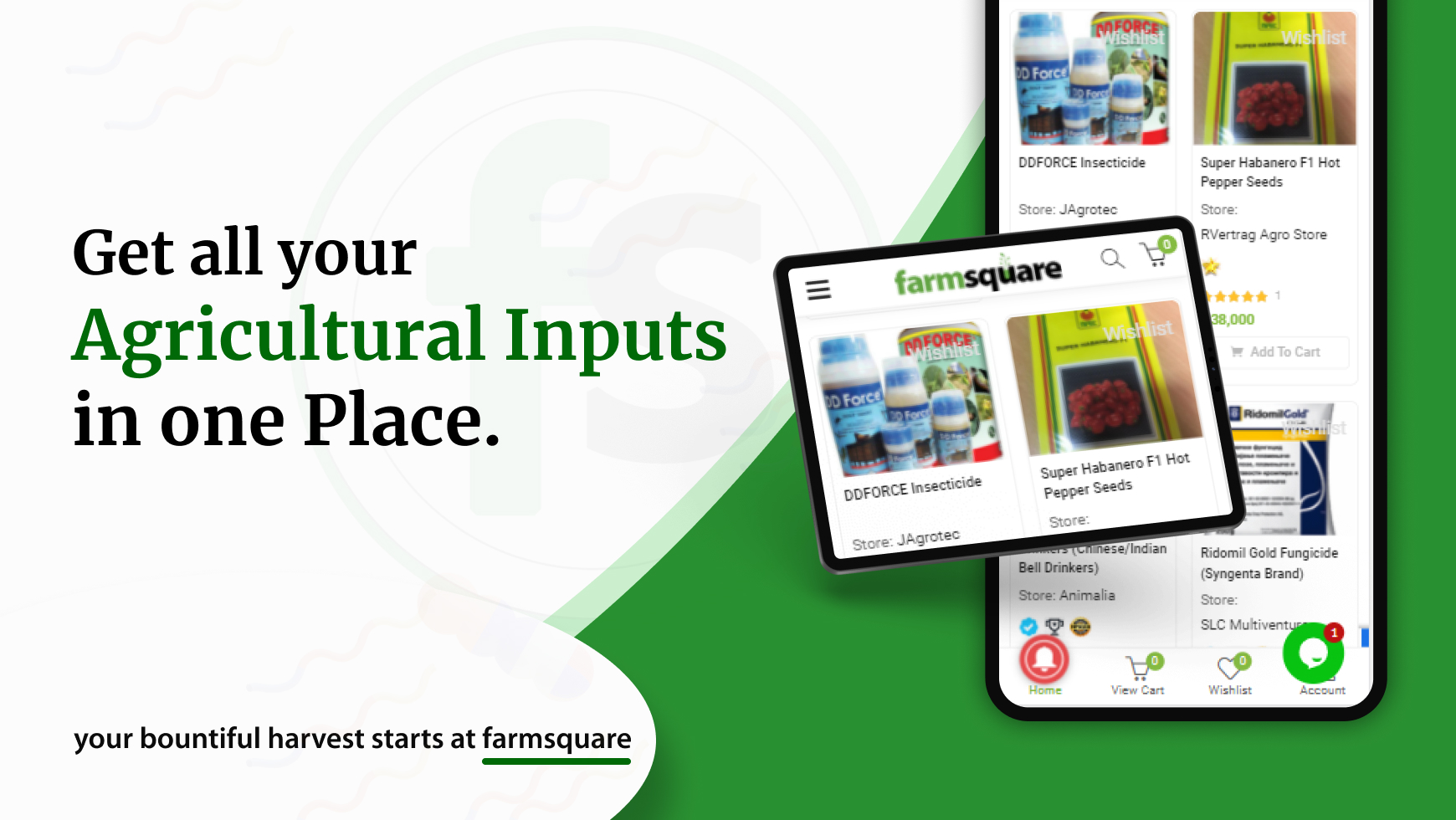- You have no items in your shopping cart
- Subtotal: ₦0
SOILLESS CROP FARMING
Right from time, at the inception of farming, soil has been regarded as the only medium of growth for plants. It was seen as the storage bank containing all the essentials needed to facilitate plant growth, because it houses macro & micro-nutrients, water, beneficial microbes, and finally, it holds the root giving support to the stem.
The earliest examples of soilless farming date back to the Floating Gardens of China and the Hanging Gardens of Babylon. The commonly used one was “Hydroponics”. Inhabitants of these locations used these techniques thousands of years ago.
William Frederick Gerickle was the first man to make the earliest modern reference to soilless farming a little over 100 years ago. He used to work at the University of California, Berkeley, where he grew 25 foot high tomato vines using the mixture of just water and nutrients. In fact, he was the one who coined the “Hydroponics” for this system.
Although, modern technology might have tweaked the process a little to enable us to grow healthier plants with higher yields, however, the general theory behind it still remains the same.
In this piece, we will quickly examine what soilless farming is, the basic principles guiding it, and the techniques that exist today. Let’s go!
WHAT IS SOILLESS FARMING?
This approach to farming does not utilize soil at all in plant growth. Crops are grown on cultures, or on water, or simply suspended in the air. The necessary nutrients are supplied to the crops during the period of growth at the right proportion and at the right time.
Unlike the traditional method using soil where crops need to ‘hustle’ with weeds for nutrients, water, space, sunlight, all these are absent in soilless farming. In fact, crops grown under this condition suffer less from pests and diseases attacks, also it saves a lot of water and resources.
Soilless farming is already gaining a lot of ground in Nigeria. Mr. Adebowale Onafowora, acknowledged to be the pioneer of soilless farming in the country, has already trained about 10,000 students on how to go about this method of farming.
TECHNIQUES OF SOILLESS FARMING
There are three (3) major techniques of soilless farming. While setting up these systems, there are five essential things that must be fulfilled by each technique for crops to thrive:
-
- Acidity of the medium (water, culture, etc) must be suitable for the plant growth.
- Oxygen must be readily available. Ordinarily, plants grown on soil get oxygen needed for respiration from the pockets of air in the soil.
- A structure must be put in place to give support to the plant root or the aerial part of the plant.
- The right proportion of nutrients must be supplied at the right time.
- The required amount of light must be made available as well.
These soilless farming techniques are listed below:
- HYDROPONICS
Commonly, hydroponics is described as the art of growing crops without soil. To be exact, hydroponics is the genesis of soilless farming before some variations were developed. None of these variations can entirely stand alone without referring to hydroponics, but, for easy reference and classification sake, I have deliberately broken it down into four almost-distinct types.

Hydroponics is better defined as the act of providing all the nutrient requirements of the plants in soluble form as you water it. Simply put, the nutrients are added to the water which is then supplied to the plants in an inert medium (that is, the medium is not contributing anything other than physical support to the plant).
Crops that can be grown using hydroponics include vegetables like spinach, lettuce, bell pepper, tomatoes, cucumber, herbs like mints, chives, fruits like strawberry, etc.
- AEROPONICS
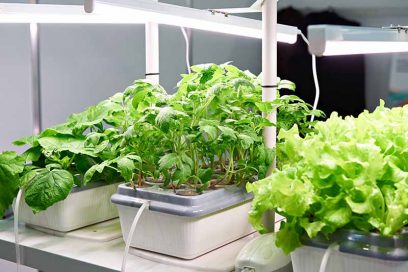
In this system, the whole plant, including the roots, are suspended in the air. The roots are neither covered, nor submerged in any form of liquid, they are left as there were, BARE! Here, the roots of the plants are exposed to a misty environment where they get all of their nutrients from. The system is sustained by enriching the air with micro-droplets of nutrient water.
Aeroponics gives the fastest in terms of plant growth and there are two forms of aeroponics: High Pressure Aeroponics (HPA) and Low Pressure Aeroponics (LPA). First, plants are propagated to a stage where their roots are already emerging, such a plant is then transferred into the aeroponic system where it will take nourishment from the misted nutrient solution that is sprayed periodically.
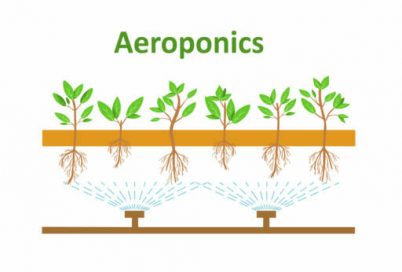
Almost everything practically grown in an hydroponic system can be replicated in an aeroponic system as well.
- AQUAPONICS
This technique combines the benefits of aquaculture and hydroponics. The wastes produced by the fishes (Tilapia, Trout, Carp are commonly used for these purposes) in ammonia form are converted by nitrifying bacteria into nitrite, then Nitrate, that is suitable for plant use. As the converted waste passes through a hydroponic plant growing section, it is filtered because the nutrients are Nitrate are being absorbed, then, the water is recirculated back in the fish tank for reuse.
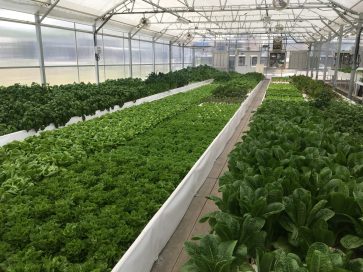
Aquaponics can be likened to a natural ecosystem that continuously recycles water, hence making the system use 90% less water when compared to traditional farming. In addition, like the other systems mentioned above, aquaponic is environmental-friendly and sustainable. Under this system, food yield is maximized because it is possible to harvest both fish for protein source and fresh plant produce.
BENEFITS OF SOILLESS FARMING
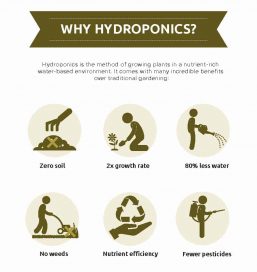
- Soil is not a requirement: In areas where land is limited or contaminated or where fertile land does not exist, soilless farming is the way to go. For instance, starting a farm in urban areas like Lagos is expensive because of the huge cost of acquiring land. However, if part of the money meant for land is used instead to set up a soilless farming system, it will beat down cost and increase yield at the same time.
- Controlled Climate: Temperature, humidity, light intensification, composition of the air, etc can be totally controlled under this system of farming. In this sense, farmers can grow food all year round to boost food security and maximize business profits.
- Optimal Use of Nutrients: In this system of farming, you have 100% control of the nutrients the plants will have access to. Since you are giving the plants exactly what they need, when they need it, the right amount that they need, the plants will be as healthy as is genetically possible. This is an easy task with soilless farming, but it is far more difficult in soil.
- Space is Utilized better: Now that it is known that plants do not necessarily need soil to grow, you can grow crops in your small apartment or spare room. Usually, plants’ roots spread out in the soil to search for food, this is not the case here. Instead, the roots are placed in media full of oxygenated nutrient solutions where they are in direct contact with vital minerals.
- Water-Saving: Unlike plants grown on the field, soilless farming requires less water. Because in this method, water is recirculated, as run-offs are captured and returned to the systems. As long as there are no leaks, the only way water is lost from the system is through evaporation and the little absorbed by the plants.
- Absence of weeds: One of the plagues after crops grown on the field are weeds. They compete with plants for everything- space, water, nutrients, sunlight. Since soil is out of the picture in this system, you no longer need to worry about weeds.
- Minimal Pests and Diseases: This system is mostly practiced in an enclosed system, thereby greatly reducing the incidences of pests and diseases. Since pests, diseases, and weeds are no longer much of a problem, the usage of chemicals like pesticides, herbicides, fungicides, etc is very rare.
- Better growth rate: Crops grown using the soilless farming system grow faster than field-grown ones. As the farmer, you have already placed your plants in ideal conditions where nutrients provided at sufficient amounts are directly given to the plants at the right time. As a result, plants divert the energy that would have been used to search for diluted nutrients in the soil into simply growing and producing fruits.
Soilless farming is awesome, however there are some cons that come with it.
- This system requires time and commitment as you must not make mistakes when dealing with crops under this system. Supplying low or too high dosage of nutrients to the crops may cause a lot of damage.
- As a layman, you are first required to undergo training before you can practice this system. You need to understand the technical know-how before delving into it so as to know the right nutrient composition required for each crop.
- The initial cost of setting up this system may be high, especially if it is to be done on a large scale.
- If pests or diseases find their way into this system, they can be spread easily because of how close the crops are to one another.
CONCLUSION
Despite all these cons, do I still recommend Soilless farming, you may ask? Well, yes! The benefits of this system to you as a farmer in terms of profits maximization, and to the country in terms of food security is a good reason to still go with it.
We have experts at FarmSquare who are well trained that can set this system up for you at an affordable price once you contact us. On the other hand, if you need a simple system that you can use in your garden, do well to check our store here.

